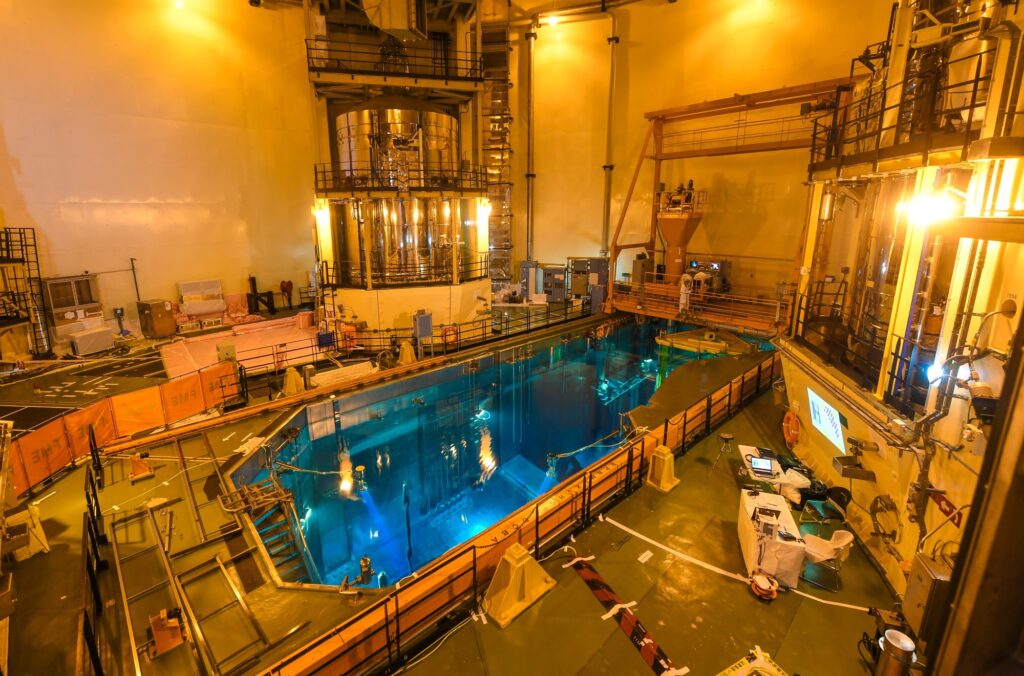Beijing’s rapid deployment of atomic power rivals its growth in solar and wind, and the round-the-clock electricity is more beneficial for the grid.
Countries trying to replicate China’s boom in renewable electricity might also want to take a page out of its nuclear power playbook. Beijing is able to approve as many as 10 new reactors a year, the chairman of China National Nuclear Corp. said last week, which would accelerate an already impressive expansion of atomic energy.
The nation has 36 reactors under development, and is expected to leapfrog France and the US to become the world’s largest source of nuclear power by the end of the decade, according to BloombergNEF. The country’s breakneck pace of additions has, however, been largely overshadowed by its rapid adoption of solar and wind. Those technologies come with the drawback of only producing electricity at certain times of the day, and China’s grids are already straining to deal with intermittent generation without more energy storage.
Nuclear offers around-the-clock power that can easily slide into networks in place of gas and coal-fired supply.
Many countries are trying to copy China’s success in renewables, including India and the US, which are both attempting to set up their own solar supply chains to minimize reliance on a geopolitical foe. But fewer are going nuclear. Only 16 nations are currently building reactors, and China accounts for nearly half the plants under construction, according to the World Nuclear Association.
High costs, long planning times and safety concerns are among reasons why the technology isn’t more popular elsewhere. But Beijing’s success with nuclear power does offer some lessons for governments considering it.
China is able to build reactors at a fraction of the cost of places like France and the US, according to BloombergNEF. That’s in part thanks to low lending rates from supportive state-owned banks. It’s also because of smart construction strategies. China prioritizes building several reactors of the same design, which allows the development of a skilled work force and a ready supply chain, reducing the time and money needed.
Following simple lessons like these can reduce the cost of atomic energy and create another, more reliable, alternative to planet-warming fossil fuels.
Source: Bloomberg










